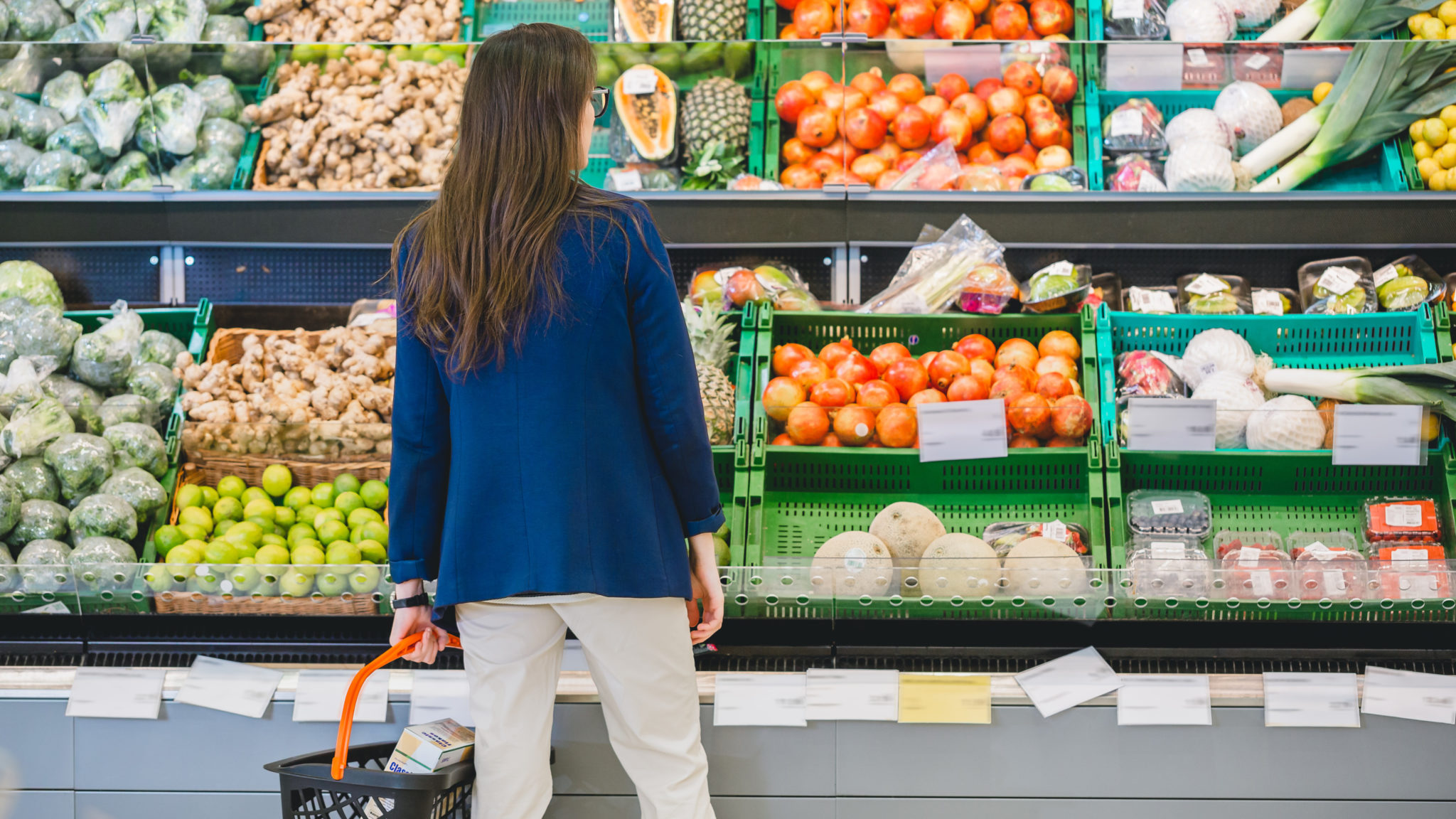Access to safe and nutritious food is key to our development, and to living a full and healthy life. In that sense, “World Food Safety Day,” celebrated every June 7th, seeks to raise awareness and inspire action (“from farm to table”) to prevent, detect and manage foodborne risks, which may even lead to long-lasting disabilities or death.
According to the United Nations Food and Agriculture Organization (FAO) “almost one in ten people in the world fall ill after eating contaminated food and 42 thousand die every year, resulting in the loss of 33 million healthy live years (DALYs).”
Taking that into account, and since implementing effective food safety systems concerns us all, we want to take advantage of the occasion to shed light on how the Internet of Things (IoT) can help to prevent, detect, and respond to the health threats associated with unsafe food.
“From farm to table”
Innovative ideas and technologies allow us to improve the efficiency and safety of the food industry. In that sense, IoT’s main contribution to that sector is giving it the ability to continuously monitor food throughout its production, processing, transportation, and retailing.
Real-time data gathered by IoT devices makes it possible to closely monitor food safety parameters from “farm to table”, thus reducing the risk of foodborne illness outbreaks. Here are some examples of how IoT can boost food safety through enhanced data collection and automated reporting:
- At the farm. IoT can be used, for example, during crop growth to collect and share data about the soil conditions and the properties of the irrigation water. This can be done through smart sensors built to detect harmful chemical substances and heavy metals that can contaminate the crops. Furthermore, in food-producing animals, smart sensors can also be used to monitor their health and manure to avoid risks of foodborne diseases.
- During transportation. IoT can significantly improve traceability, allowing all stakeholders to track goods at every point. The connected devices can do more than providing stakeholders with information about the temperature and conditions in which the goods were transported (including if at some point they were exposed to higher or lower temperatures than advised, compromising their safety). They can also help answer crucial questions for decision-making such as: where do the goods come from and which path did they take to arrive here? How long were the goods stored and at what locations? Due to transportation circumstances, are there products that require better (un)loading or more efficient sorting? All, without the need for time-consuming, imprecise, and costly manual data collection.
- In supermarkets. Shelves can be made “smart” with IoT to measure the freshness of the products as well as their storage period and conditions (e.g., humidity, temperature, and pressure). Furthermore, by measuring the evolution of early warning parameters of perishables such as quantity of pathogen agents, gases, weight changes and PH, actions can be taken to reduce the shelf-life of the product and to get it to a consumer’s plate before it goes bad.
- In restaurants. IoT technology can detect traces of harmful pathogens, and hence tell food handlers when their hands are not properly washed (hands are a common vehicle for the transfer of dangerous microorganisms to food). Furthermore, food is also at risk of hazards when in refrigeration equipment and food cooking or warming equipment. To avoid the risks, food service operators are required to manually record temperature at regular intervals and keep the logs for periodic inspections. This practice has several limitations which IoT can easily address, including: minimal data sampling; rushed and inaccurate data collection; and inaccessible records (illegible, damaged, or lost). Additionally, IoT empowered kitchen appliances can regulate storage and inventory levels, conduct analyses, and thus prevent food waste by providing precise actionable insight on ingredient demand.
IoT: The key ingredient for food safety
Achieving effective food safety systems is a shared responsibility that requires all stakeholders across the chain to collaborate and work together. It is a serious matter, and it is everyone’s business. However, it can be more complicated than it seems without a data-backed process that provides real-time knowledge to make better decisions.
IoT technology is the natural ally to increase our ability to prevent, detect and respond to the health threats associated with unsafe food. Due to their flexible nature, IoT solutions can be applied in countless ways to help the food industry. In that sense, many solutions are waiting to be embraced and applied before we can see the desired and needed results in food safety.
If you would like to discuss IoT’s applicability and the solutions it can offer, book a meeting with one of our experts here.

